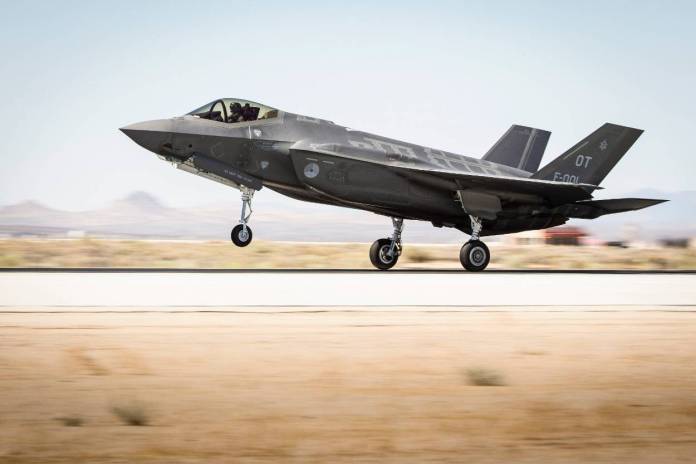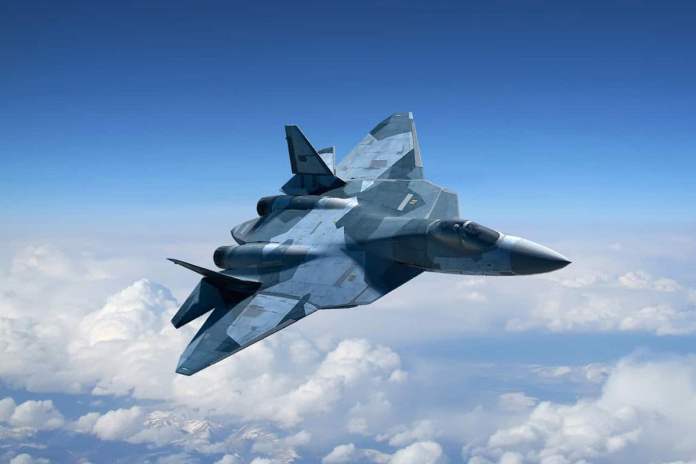Amidst the bustling activity at the U.S. Navy's largest jet base, efforts are underway to maximize the readiness of the F/A-18E/F Super Hornets and the expanding fleet of F-35C Joint Strike Fighters. However, concerns persist regarding the availability of F-35Cs for missions and the escalating costs associated with sustaining these aircraft.
Unlike traditional military aircraft programs, the F-35 program relies heavily on Lockheed Martin for various aspects of maintenance and management. This arrangement, overseen by the F-35 Joint Program Office (JPO), has limited the Navy's control over ensuring readiness. To address this challenge, the Joint Strike Fighter Wing in Lemoore is adopting innovative strategies drawn from the successful maintenance practices of the F/A-18E/F Super Hornets.
Following a data-driven initiative called Naval Sustainment System-Aviation, which propelled Super Hornet readiness rates to surpass 80%, the Joint Strike Fighter Wing is collaborating with F/A-18 counterparts to implement similar practices. By enhancing data collection and communication efforts, the Navy aims to improve F-35C readiness and reduce costs.
Despite these efforts, a Government Accountability Office (GAO) report highlighted maintenance challenges and spare parts availability issues within the F-35 program. Unlike other aircraft programs, the F-35 lacks intermediate-level maintenance, leading to additional workload on squadrons and delays in repair times.
To address these issues, the Navy is seeking to increase its involvement in maintenance operations and streamline communication between stakeholders. By leveraging data-driven insights and adopting proven practices, the Navy aims to optimize F-35 sustainment and mitigate cost overruns.
However, challenges persist, including parts availability fluctuations and delays in standing up depot repair capabilities. The Navy is closely monitoring these issues and collaborating with industry partners to find sustainable solutions.
Amidst budget constraints, maintaining F-35C readiness is critical for naval aviation operations. Efforts to minimize mishaps, address corrosion issues, and empower squadrons to conduct maintenance are underway to enhance operational efficiency and reduce costs.
Looking ahead, the Navy and Air Force are exploring unmanned wingmen as a cost-effective solution to supplement combat aircraft capacity. Despite setbacks, the F-35 remains a vital asset in the Indo-Pacific theater, underscoring the importance of addressing readiness challenges and learning from past experiences for future programs.
:quality(70)/cloudfront-us-east-1.images.arcpublishing.com/archetype/OEZOZCR57RCEPDH54Y5CLHSEGQ.jpg)


_firing%2C_Japan_GSDF.jpg)